
Ingredient
Mullein infusion flowers
"Nature's Soothing Elixir: Mullein Infusion Flowers"
Mullein infusion flowers, scientifically known as Verbascum thapsus, are delicate yellow flowers that grow on the mullein plant. These flowers have a soft, velvety texture and a mild, earthy aroma. When steeped in hot water, they release a golden infusion that is known for its calming and soothing effects. The infusion has a subtle floral taste with hints of sweetness and a touch of bitterness. Mullein infusion flowers are often used in herbal teas, tinctures, and natural remedies due to their numerous health benefits.
Origins and history
Mullein is native to Europe and Asia, but it has been naturalized in various parts of the world, including North America. It has a long history of medicinal use, dating back to ancient civilizations such as the Greeks and Romans. Mullein was traditionally used to treat respiratory ailments, such as coughs, bronchitis, and asthma. It was also used topically to soothe skin irritations and promote healing. In folklore, mullein was believed to have protective and magical properties, and it was often used in rituals and ceremonies.
Nutritional information
Mullein infusion flowers are low in calories and do not provide significant amounts of macronutrients. However, they are rich in antioxidants and contain compounds that have anti-inflammatory and antimicrobial properties.
Allergens
There are no known allergens associated with mullein infusion flowers.
How to select
When selecting mullein infusion flowers, look for flowers that are bright yellow in color and free from blemishes or signs of wilting. The flowers should have a fresh, mild aroma. If purchasing dried flowers, ensure they are stored in airtight packaging to maintain their quality.
Storage recommendations
To maintain the freshness and quality of mullein infusion flowers, store them in an airtight container in a cool, dark place. Dried flowers can be stored for up to a year, while fresh flowers should be used within a few days.
How to produce
Mullein can be grown in a home garden by sowing seeds in well-drained soil and providing ample sunlight. The plant is biennial, meaning it takes two years to complete its life cycle. In the second year, it produces tall flower spikes with yellow flowers. Harvest the flowers when they are fully open and dry them for later use.
Preparation tips
To prepare a mullein infusion, steep 1-2 teaspoons of dried flowers in a cup of hot water for 10-15 minutes. Strain the infusion and sweeten with honey if desired. The infusion can be enjoyed hot or chilled. Mullein infusion flowers can also be used in herbal blends, added to bathwater for skin soothing effects, or infused in carrier oils for topical applications.
Culinary uses
Mullein infusion flowers are primarily used in herbal teas and tinctures for their soothing and healing properties. They can also be incorporated into homemade cough syrups, respiratory blends, and herbal remedies for respiratory ailments. Additionally, mullein infusion flowers can be used in skincare products, such as balms and salves, to soothe skin irritations and promote healing.
Availability
Mullein infusion flowers are commonly available in health food stores, herbal apothecaries, and online herbal retailers. They can also be cultivated in home gardens.
More ingredients from this category » Browse all
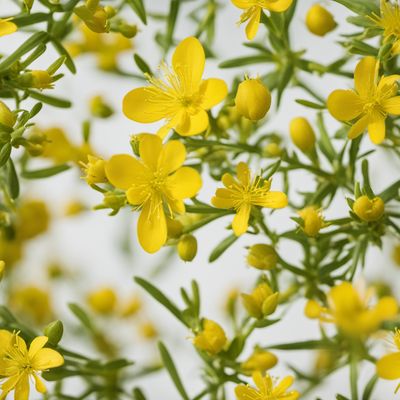
St. John's wort infusion flowers
The Healing Power of St. John's Wort

Chrysanthemum infusion flowers
The Delicate Elixir of Chrysanthemum Blossoms

Cat’s foot infusion flowers
The Delicate Elixir: Unveiling the Secrets of Cat’s Foot Infusion Flowers

Cornflower infusion flowers
The Vibrant Blue Elixir

Bee balm infusion flowers
The Floral Elixir: Bee Balm Infusion Flowers
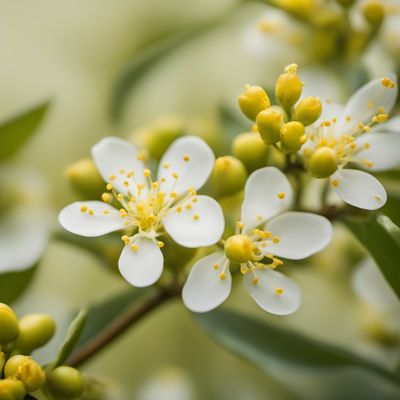
Sweet olive infusion flowers
Fragrant Blossoms: Exploring the Delicate Sweetness of Olive Infusion Flowers

Sacred lotus infusion flowers
The Divine Beauty of Sacred Lotus Infusion Flowers
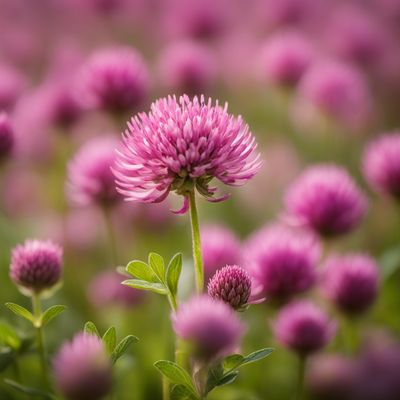
Red clover infusion flowers
The Healing Power of Red Clover Infusion Flowers

Great mullein infusion flowers
The Soothing Elixir: Great Mullein Infusion Flowers
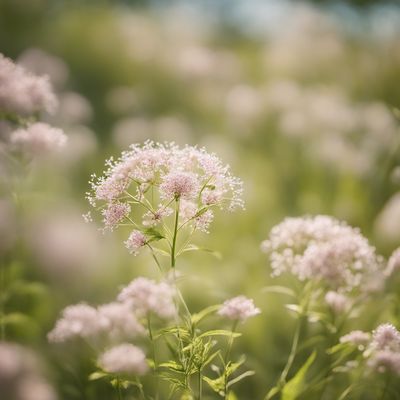
Meadow sweet infusion flowers
Nature's Fragrant Brew: Meadow Sweet Infusion Flowers

Dyer’s broom infusion flowers
The Vibrant World of Dyer's Broom Infusion Flowers
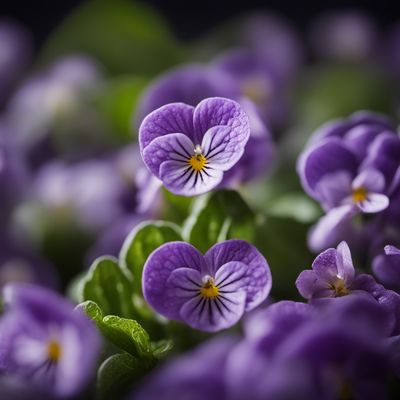
Sweet violet infusion flowers
The Fragrant Elixir: Sweet Violet Infusion Flowers